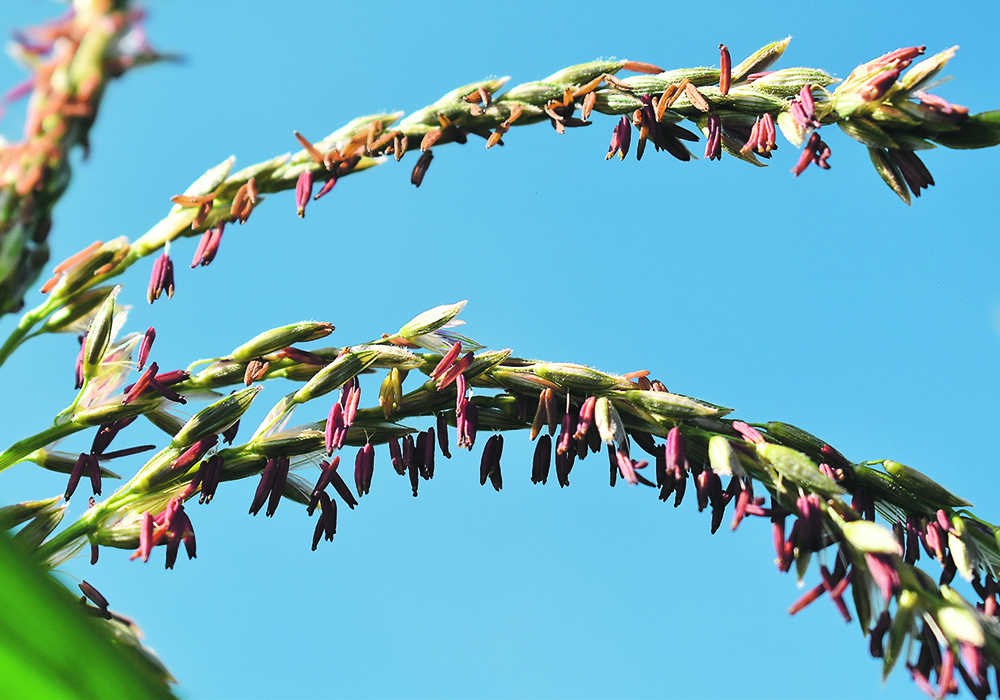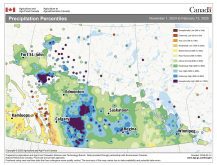A La Nina would likely bring drier-than-normal conditions in the western half and the central and southern U.S. Plains
Another weather forecaster is concerned La Nina will linger into spring and even summer, bringing drought to the southern United States and key production regions of South America.
Bryce Anderson, DTN’s senior meteorologist, told producers attending the company’s virtual annual conference that a moderate La Nina has developed, and there are signs it may hang around and influence the growing season’s weather.
“This is where things start to get a little tense,” he said.
If La Nina remains in place, it would likely mean higher-than-average spring precipitation in the eastern corn belt and drier-than-normal condition in the western half and the central and southern Plains.
Read Also

Government support for Canadian farmers has plummeted
Subsidies in Canada were 30 per cent of gross farm receipts in 1980s and are now around eight per cent
That would result in planting delays in the east and expanding drought in the western and southern parts of the U.S. growing region.
“There is a lot of reasons to be cautious about how this year is going to play out,” said Anderson.
World Weather Inc. issued a similar warning a couple of weeks ago, saying a number of weather factors are lining up to create the possibility of a multi-year drought in the U.S.
“It just strikes me as being very dangerous right now,” said company president Drew Lerner.
Anderson said the last time there was a prolonged La Nina event was 2010-12. The U.S. national average corn yield plummeted to 123 bushels per acre in 2012, a 20 percent drop over the previous five-year average.
The good news for western Canadian farmers is that they tend to fare well in years when La Nina extends into spring and summer.
“The last time there was a La Nina of note, the northern growing areas in North America had the best conditions for precipitation, for spring soil moisture and for temperatures,” he said.
“It just simply did not get hot and did not get very stressful.”
He is forecasting a mild December for the Canadian Prairies, followed by a cool winter and spring.
There will be above-average snowfall in Alberta and Saskatchewan and likely higher-than-usual spring precipitation in those two provinces.
“On balance, I’d say the Prairies are set up to have a pretty favourable year,” said Anderson.
That will not be the case for southern Brazil and most of the grain growing regions of Argentina.
“There are very high odds for drier conditions during the rest of this crop year,” he said.
The dryness in Brazil will be focused on the southernmost state, Rio Grande do Sul, but could extend as far north as Goias and Minas Gerais.
It is already dry in southern Brazil and Argentina, where rainfall was about half of normal in the 60 days before Dec. 4, although there has been some recent precipitation.
Satellite-based maps show vegetative growth was below average throughout much of southern and central Brazil and most of Argentina as of Dec. 1.
Soybean crops in west-central Mato Grosso had no canopy heading into the bloom phase of development.
Planting of Brazil’s second corn crop could be delayed, pushing pollination past the end of the rainy season, which would hurt yields.
La Nina’s impact will be most pronounced in North and South America but it could also lead to near to below average winter precipitation in the European Union and Black Sea region followed by near to above normal spring precipitation in those areas, said Anderson.
Good spring moisture would help Russia’s winter wheat crop. SovEcon estimates about 22 percent of Russia’s winter crops are in poor condition, which is a record high level in recent years and well above last year’s four percent.
SovEcon says there is a big risk of “huge winterkill” in Russia because of the crop’s questionable condition heading into dormancy.
















